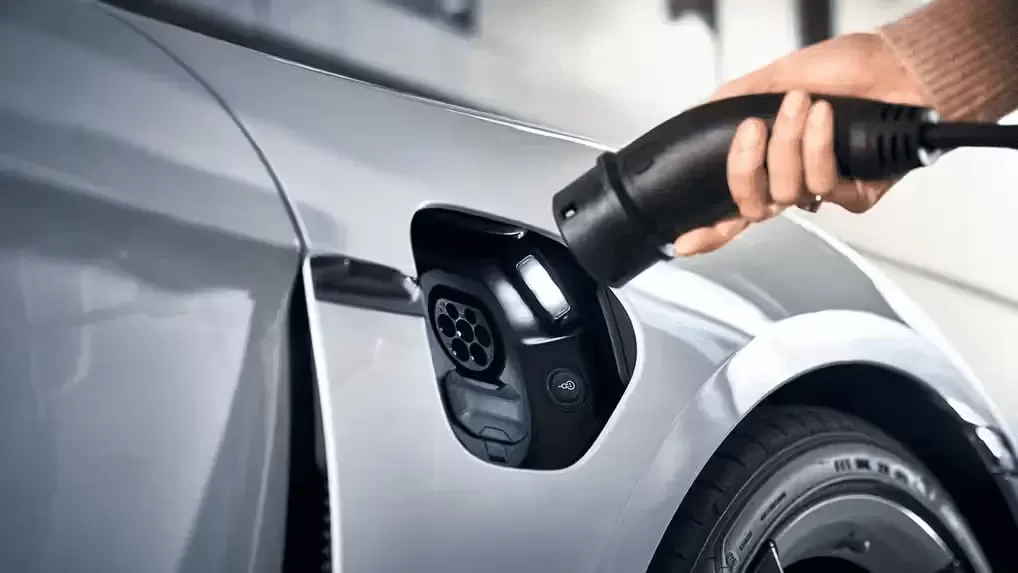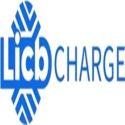Notifications

5 minutes, 54 seconds
-142 Views 0 Comments 0 Likes 0 Reviews

Understanding ISO 15118 and Plug and Charge
ISO 15118 is an international standard developed by the International Organization for Standardization (ISO) that defines a unified communication protocol between electric vehicles (EVs) and charging infrastructure. Supporting both AC and DC charging, this protocol enables seamless, secure interaction between EVs and chargers. Among its most notable features is Plug and Charge—a technology that automates authentication and payment, allowing drivers to simply plug in and start charging without using cards or apps.As a leading EV charger manufacturer in China, LiCB Charge offers reliable AC and DC electric vehicle charging stations along with comprehensive charging solutions.
Plug and Charge, introduced in the ISO 15118-2 specification, simplifies the EV charging experience by automating three key processes:
Authentication: Confirms the vehicle’s identity.
Authorization: Verifies permission to initiate the charging session.
Payment: Processes the transaction through the vehicle’s pre-linked account.
With Plug and Charge, drivers can just connect their EV to a compatible charger and walk away—the system handles the rest.
Plug and Charge relies on secure digital communication and encryption to ensure safety and reliability. The process includes:
Secure Connection Establishment:
A protected communication link is formed between the EV and charger using encryption protocols.
Mutual Authentication:
Both the EV and the charging station verify each other using digital certificates issued via a Public Key Infrastructure (PKI).
Encrypted Data Exchange:
Vehicle credentials, session info, and billing data are securely exchanged.
Automatic Authorization & Payment:
Upon successful authentication, the system authorizes the session and charges the linked account—no need for cards, apps, or user input.
1. Seamless User Experience
Drivers can charge their vehicles without fumbling with apps, RFID cards, or logging into multiple accounts.
2. Robust Security
ISO 15118 uses encryption and digital certificates for secure communication, safeguarding personal and financial data.
3. Universal Interoperability
Plug and Charge aims to work across all compliant charging networks and vehicle brands, reducing fragmentation.
4. Fleet Management Efficiency
Fleet operators can automate billing and track sessions in real time, reducing administrative overhead.
5. Industry-Wide Standardization
Adopting ISO 15118 fosters consistency, reliability, and easier global integration of EV infrastructure.
Although both technologies offer convenient EV charging, they differ significantly:
| Feature | Plug and Charge (ISO 15118) | Autocharge |
|---|---|---|
| Authentication | PKI-based digital certificates | Based on MAC address |
| Security | End-to-end encryption | No encryption |
| Payment Integration | Built-in automatic transaction processing | Requires manual payment setup |
| Interoperability | Cross-network compatibility | Limited to specific networks |
Driver Convenience: Removes friction in the charging process.
Faster EV Adoption: A simpler experience encourages wider consumer acceptance.
Future-Ready Infrastructure: Supports scalability and integration with smart grids and renewable energy sources.
Operational Efficiency: Minimizes errors and streamlines operations for CPOs.
Supports Sustainability: Enables greater EV usage, aiding global emission-reduction efforts.
Despite its benefits, Plug and Charge faces several hurdles:
Infrastructure Readiness: Existing chargers must be updated to support ISO 15118.
Industry Coordination: Collaboration is needed among OEMs, CPOs, and standard bodies.
Implementation Costs: Hardware and software upgrades require capital investment.
Cybersecurity Vigilance: Continuous improvements are essential to guard against evolving threats.
Tesla Supercharger Network
Tesla’s native charging network exemplifies a closed-loop version of Plug and Charge. ISO 15118 seeks to make this experience universal across all EVs and chargers.
Cross-Network Compatibility
With ISO 15118, EV owners will no longer need multiple network accounts or RFID cards. A single protocol can handle authentication and payment anywhere Plug and Charge is supported.
As EV adoption accelerates, Plug and Charge is poised to become a foundational technology. Key developments on the horizon include:
Wider Market Adoption: More vehicles and chargers will integrate ISO 15118.
Enhanced Security Layers: Evolving cryptographic methods will bolster system integrity.
Grid Integration: Plug and Charge can support smart energy management and V2G (Vehicle-to-Grid) capabilities.
ISO 15118 Plug and Charge is revolutionizing the way we power electric vehicles. By eliminating manual steps, enhancing data security, and ensuring cross-network compatibility, it is paving the way for a seamless, sustainable, and user-friendly EV ecosystem. As adoption grows, Plug and Charge will become a key enabler in the global transition to electric mobility.Know more about Google SEO Directory
China EV Chargers EV Charger Manufacturer Smart EV Chargers Electric Car Chargers Electric Vehicle Chargers Electric Car Charging Stations

